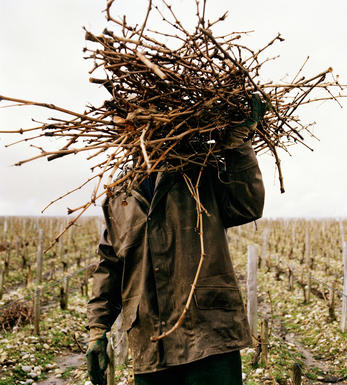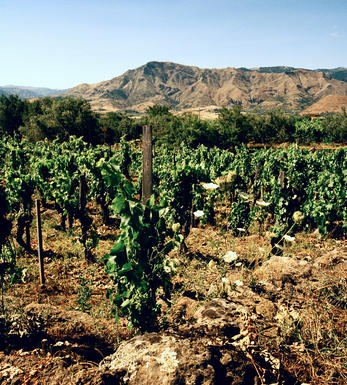
2006 Barbaresco, Rabajà, Riserva, Giuseppe Cortese, Piedmont, Italy

Critics reviews
Antonio Galloni - 31/10/2012
About this WINE

Azienda Agricole Giuseppe Cortese
Azienda Agricola Cortese produces wines exclusively from its own grapes grown on 6 hectares of vineyards situated in the small hamlet of Rabajà in Barbaresco. Pier Carlo and sister Tiziana Cortese's wines are a blend of modern vinification and traditional philosophy achieving brilliant varietal purity whilst expressing the terroir/typicità/sense of place.
His Dolcetto comes from his 2.5 hectares Trifolera vineyard, whilst the 4ha Rabajà vineyard yields beautiful Nebbiolo for his Barbaresco; a wine that spends 30 months in large old Slavonian & French barrels/'botte'. The latter is fast becoming one of the most sought after wine in the region.

Barbaresco
The Piedmontese DOCG zone of Barbaresco is responsible for producing some of Italy’s finest wines. It occupies the same region and uses the same grape (Nebbiolo) as its bigger brother Barolo, but is a third of the size (only 640 hectares versus Barolo’s 1,700 hectares). It is also 50 years younger than Barolo, having produced wine labelled Barbaresco since 1890.
Barbaresco earned its DOCG after Barolo in 1980, largely thanks to the efforts of Angelo Gaja. The soils are lighter here than in Barolo – both in colour and weight – and more calcareous. The slopes are also less favourably situated and (relatively speaking) yield earlier-maturing yet extremely elegant wines that require less oak ageing (normally one year in oak plus six months in bottle). The appellation’s key districts are Barbaresco, Treiso, Neive and Alba.
Recommended producers: Cigliuti, Gaja, Marchesi di Gresy

Nebbiolo
Nebbiolo is the grape behind the Barolo and Barbaresco wines and is hardly ever seen outside the confines of Piedmont. It takes its name from "nebbia" which is Italian for fog, a frequent phenomenon in the region.
A notoriously pernickety grape, it requires sheltered south-facing sites and performs best on the well-drained calcareous marls to the north and south of Alba in the DOCG zones of Barbaresco and Barolo.
Langhe Nebbiolo is effectively the ‘second wine’ of Piedmont’s great Barolo & Barbarescos. This DOC is the only way Langhe producers can declassify their Barolo or Barbaresco fruit or wines to make an early-drinking style. Unlike Nebbiolo d’Alba, Langhe Nebbiolo can be cut with 15% other red indigenous varieties, such as Barbera or Dolcetto.
Nebbiolo flowers early and ripens late, so a long hang time, producing high levels of sugar, acidity and tannins; the challenge being to harvest the fruit with these three elements ripe and in balance. The best Barolos and Barbarescos are perfumed with aromas of tar, rose, mint, chocolate, liquorice and truffles. They age brilliantly and the very best need ten years to show at their best.


Buying options
Add to wishlist
Description
The 2006 Barbaresco Riserva Rabaja is deceptively medium in body. Dark, powerful and inward, the 2006 needs time in the glass to start gradually uncoiling from its presently shut down state. The finish is all silk, power and minerality, qualities that reflect its classical leanings to the maximum. Hints of dark cherries, wild flowers and exotic spices linger in the empty glass. I imagine the 2006 will need some time to come around, but it is likely to always be quite brooding in personality.
Antonio Galloni - 31/10/2012
wine at a glance
Delivery and quality guarantee